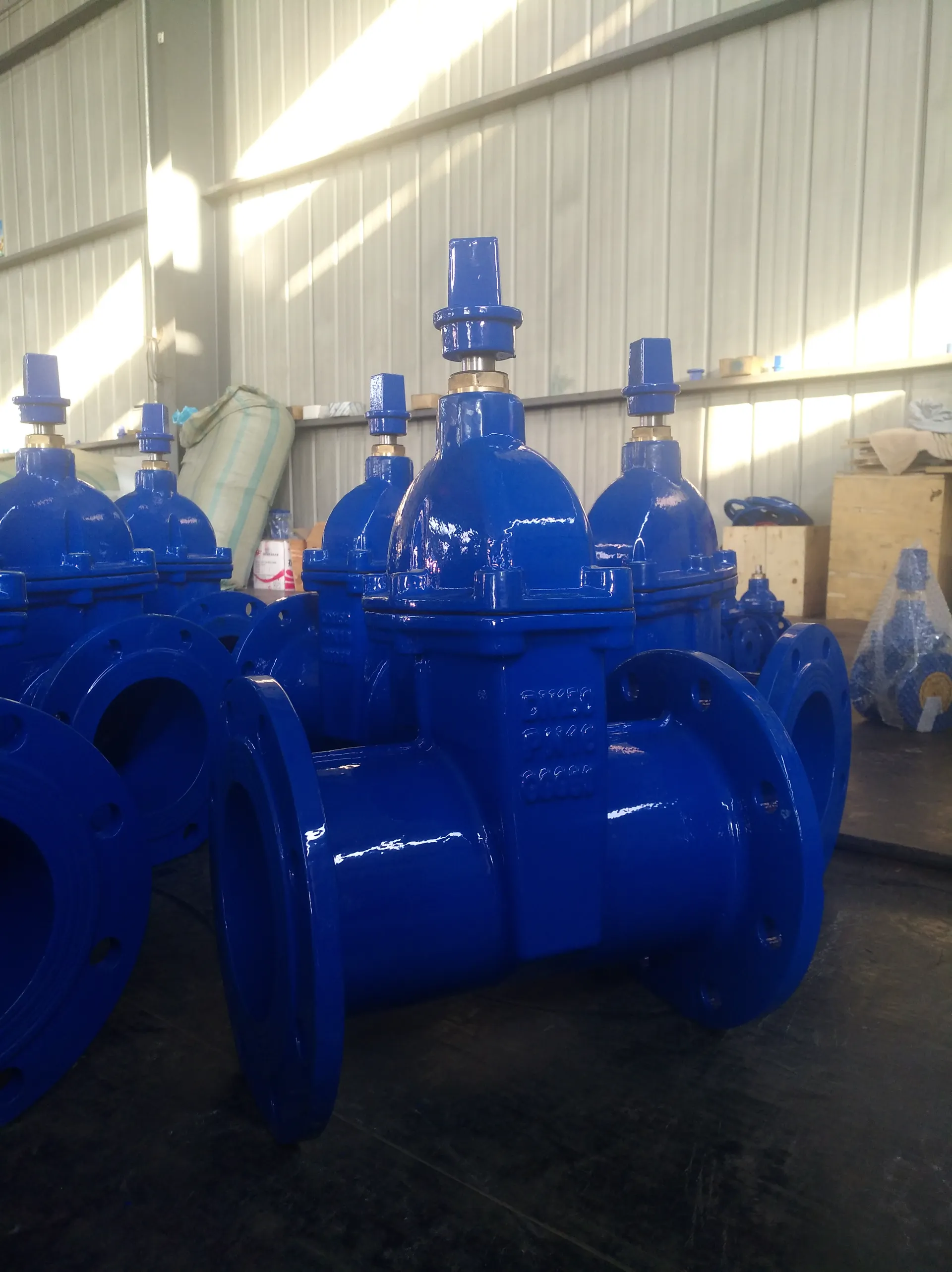Effective Solutions for Pipe Repair Using Durable Clamp Technology
Understanding Pipe Repair Clamps A Comprehensive Guide
Pipe damage is a common issue faced by homeowners and industries alike. Leaks can lead to significant water wastage, property damage, and even environmental concerns. This is where pipe repair clamps come into play, offering a practical solution to seal leaks and extend the life of damaged pipes. In this article, we will explore the function, types, advantages, and installation process of pipe repair clamps.
What is a Pipe Repair Clamp?
A pipe repair clamp is a specialized device designed to fix leaks in various types of pipes, including metal, plastic, and PVC. Typically made from durable materials like stainless steel or ductile iron, these clamps are engineered to provide a tight seal around the pipe, preventing further leakage. They come in different sizes, catering to various pipe diameters and types of damage.
Types of Pipe Repair Clamps
1. Simple Clamps These are typically used for minor leaks or cracks. They consist of a rubber gasket and a metal band that tightens around the pipe. Simple clamps are easy to install and remove, making them ideal for temporary fixes.
2. Wrap-around Clamps Designed for larger leaks or cracks, wrap-around clamps feature a larger rubber gasket and a series of bolts for enhanced pressure distribution. This design ensures that the clamp makes full contact with the pipe surface, providing a more robust repair.
3. Compression Clamps These clamps use a compression mechanism to seal the leak, making them suitable for high-pressure situations. They can accommodate pipe movement and expansion, maintaining their effectiveness under varying conditions.
4. Repair Sleeves For pipes with extensive damage, repair sleeves provide a more comprehensive solution. These sleeves fit over the damaged section and are secured in place, effectively acting as a new section of pipe.
Advantages of Using Pipe Repair Clamps
- Cost-Effective Repair clamps are much cheaper than replacing an entire pipe section. They offer a quick and economical solution, especially for minor leaks.
- Ease of Installation Most pipe repair clamps can be installed without professional help. With basic tools, homeowners can effectively seal a leak in no time.
pipe repair clamp 1 2

- Versatility These clamps are compatible with various pipe materials and sizes, making them suitable for different applications, whether in plumbing, HVAC, or industrial settings.
- Durability Made from sturdy materials, pipe repair clamps can withstand harsh conditions and provide long-lasting repairs
.- Minimal Disruption Unlike extensive pipe repairs that may require significant downtime, clamps can often be installed quickly, minimizing disruption in everyday activities.
Installation Process
1. Identify the Leak Before you can apply a repair clamp, locate the leak and determine the type of damage.
2. Prepare the Surface Clean the area around the leak to ensure a secure fit. Remove any rust, dirt, or debris that might prevent the clamp from sealing properly.
3. Select the Right Clamp Choose a clamp that fits your pipe's diameter and the severity of the damage.
4. Apply the Clamp Position the clamp over the damaged area and tighten it according to the manufacturer’s instructions. Make sure that the rubber gasket makes full contact with the pipe surface.
5. Test for Leaks Once installed, turn on the water supply and check for any signs of leakage. Adjust the clamp as necessary to achieve a watertight seal.
Conclusion
Pipe repair clamps are a reliable solution for managing leaks in various types of plumbing systems. With their accessibility, affordability, and ease of use, they empower homeowners and professionals to address plumbing issues effectively. Whether handling a small leak or managing a larger pipe failure, understanding how to utilize pipe repair clamps can save time, money, and reduce stress. As a homeowner or maintenance professional, investing in a set of high-quality pipe repair clamps could be one of the smartest moves for ensuring the integrity of your plumbing systems.
-
The Smarter Choice for Pedestrian AreasNewsJun.30,2025
-
The Gold Standard in Round Drain CoversNewsJun.30,2025
-
The Gold Standard in Manhole Cover SystemsNewsJun.30,2025
-
Superior Drainage Solutions with Premium Gully GratesNewsJun.30,2025
-
Superior Drainage Solutions for Global InfrastructureNewsJun.30,2025
-
Square Manhole Solutions for Modern InfrastructureNewsJun.30,2025
-
Premium Manhole Covers for Modern InfrastructureNewsJun.30,2025
